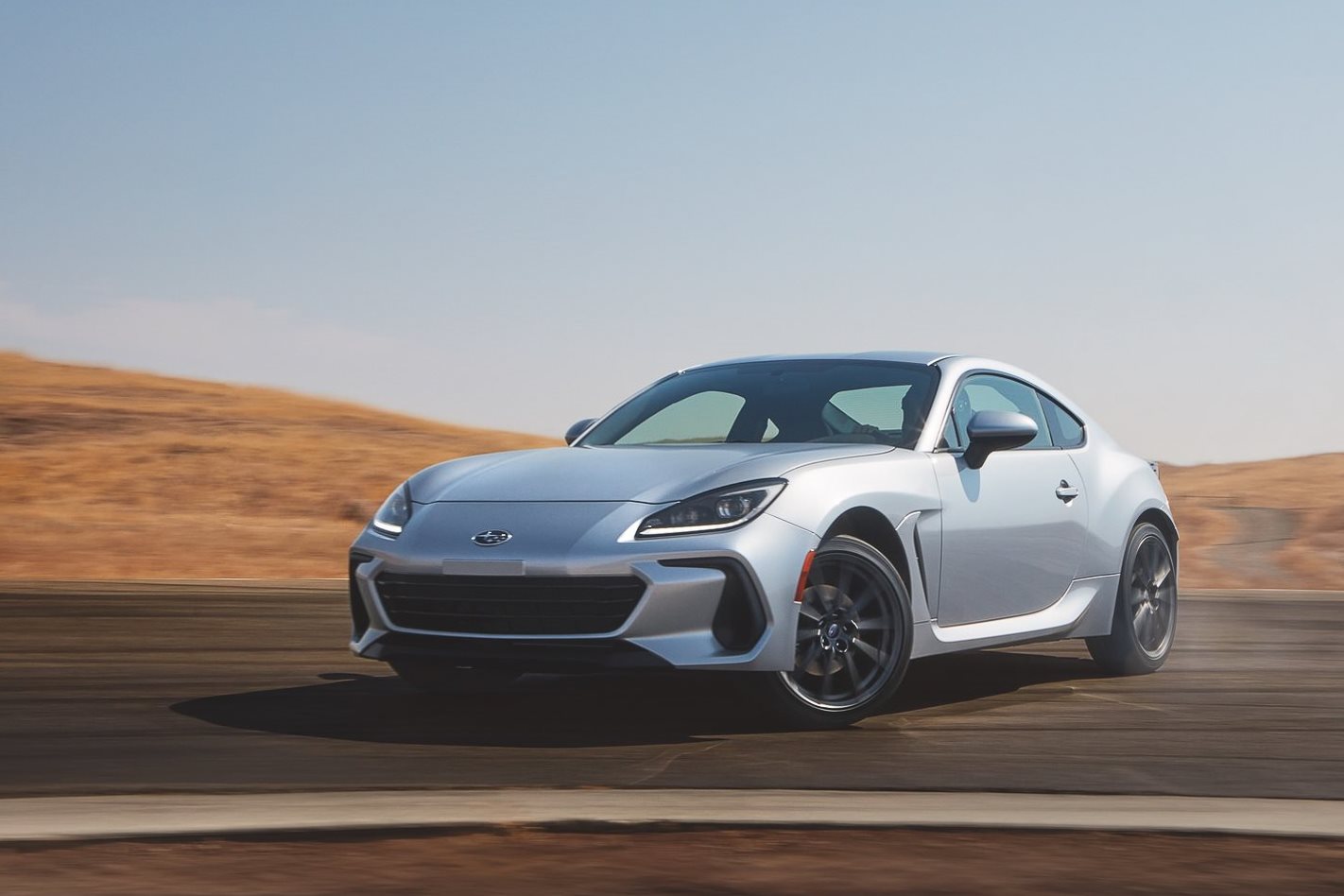
Affordable sports cars are few and far between, and rear-wheel-drive ones are even rarer. The Subaru BRZ, launched in 2012 alongside its identical twin, the Toyota 86, came as a breath of fresh air, but after eight years there was uncertainty around its return for a second generation.
Thankfully, the alliance has produced the BRZ 2.0, which will be followed by a reborn 86 in short order. Of the two cars, though, it’s the BRZ that carries the lion’s share of Subaru’s know-how – and the latest one, which will lob into Australia late next year – shows off even more of that Subaru DNA.
Here’s how we think the new 2021 Subaru BRZ is better than its predecessor.
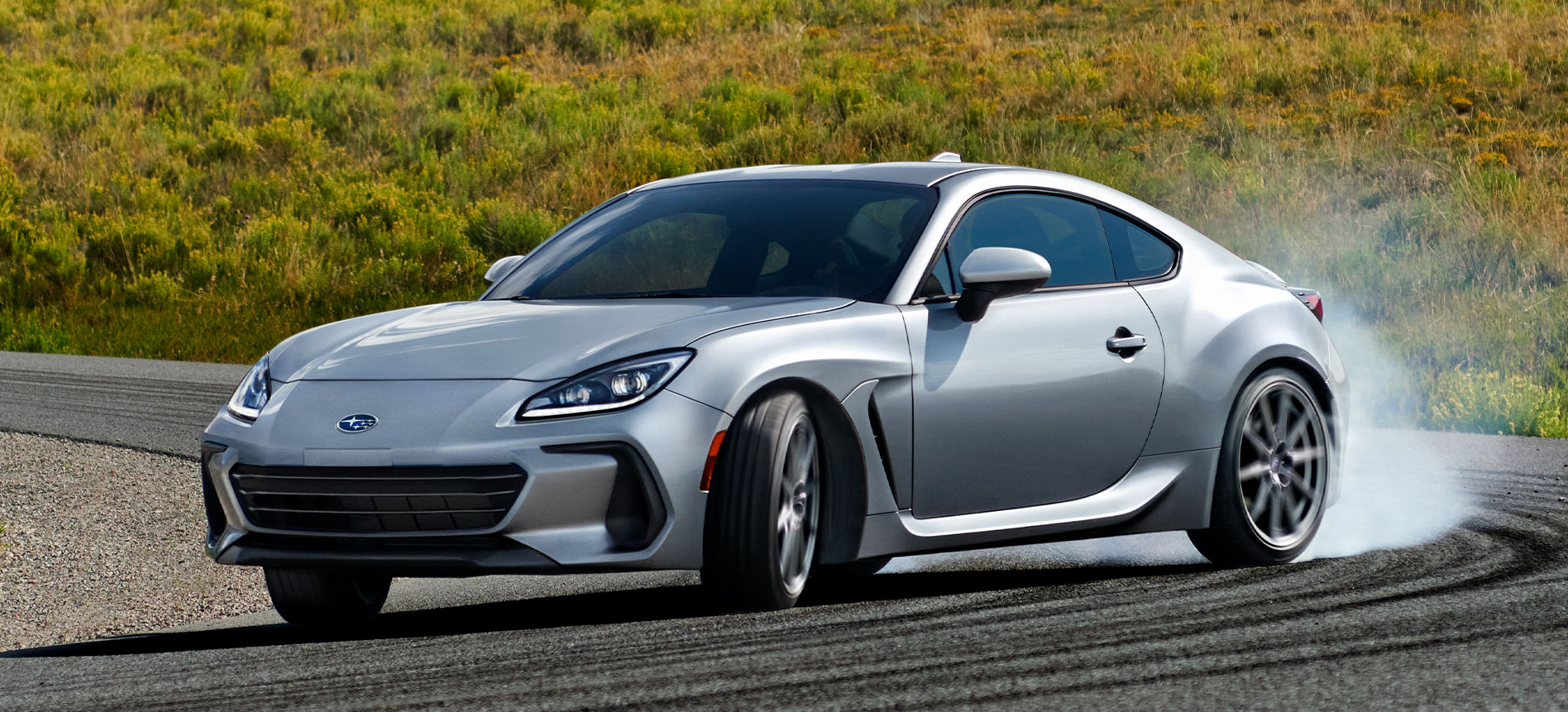
1. No replacement for displacement
While many were crying out for the addition of a turbocharger to the next-gen BRZ, Subaru has upped its performance in the old-school way.
The 2021 BRZ will get a larger-capacity, naturally aspirated, 2.4-litre opposing-piston (or boxer) four-cylinder engine which sends 170kW/250Nm to the rear wheels.
This marks an increase of 12 and 18 per cent, respectively, compared with the outgoing 2.0-litre boxer engine.
Crucially, that torque number appears much lower in the rev range at 3700rpm, rather than the outgoing’s figure appearing at 6400rpm.
This should give the BRZ more urge when accelerating out of corners.
The engine redline is at 7500rpm and maximum power arrives at 7000rpm, meaning it still needs to be revved to be enjoyed.
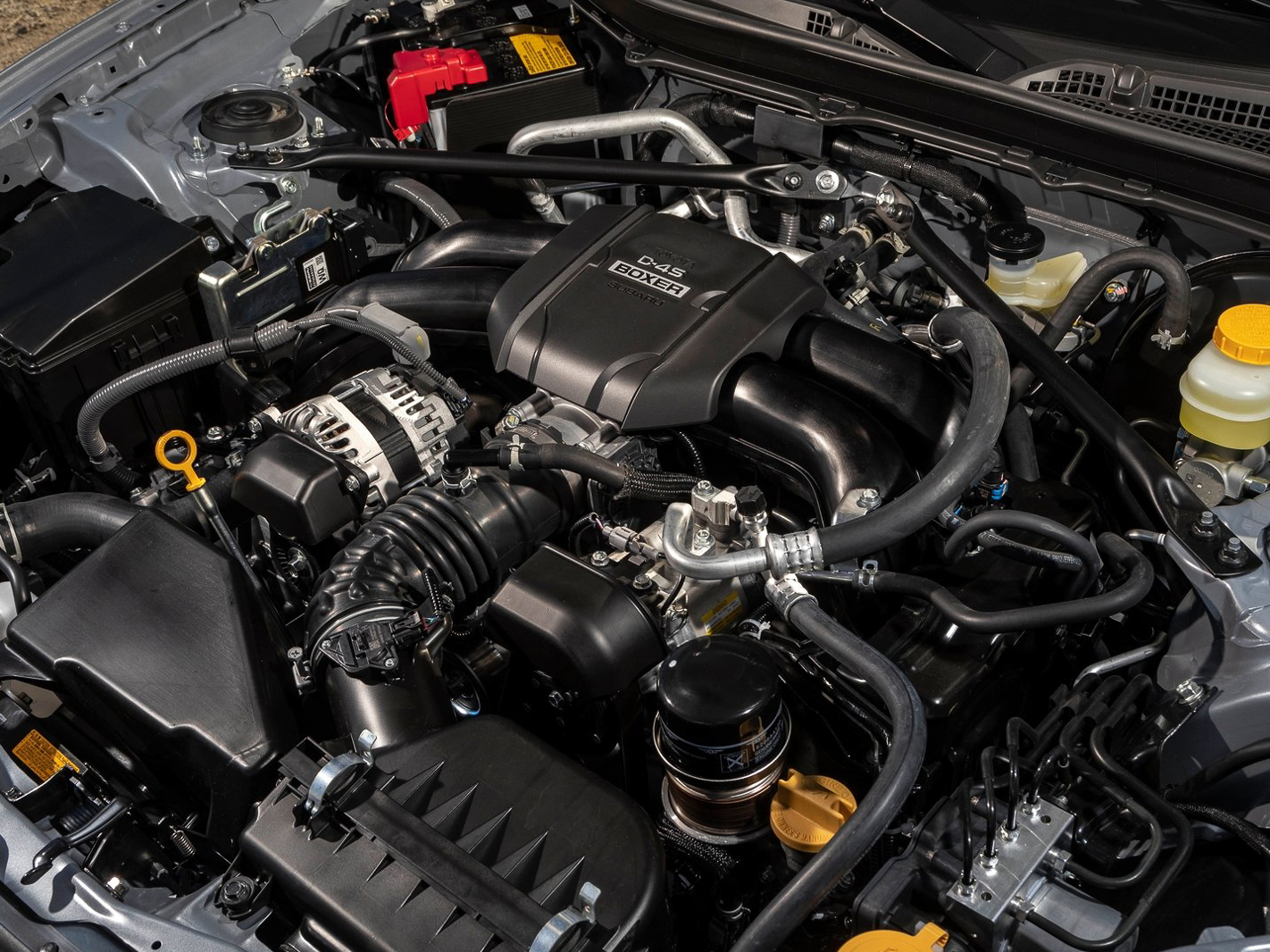
True, it’s not the turbocharged beastie many were hoping for, but the new engine should go a long way to addressing the torque criticisms of the original BRZ.
2. Lower, leaner, stiffer
Key dimensions have also been altered for the 2021 BRZ, representing a lower, lighter and more rigid new car.

Its wheelbase is five millimetres longer than the previous car (below), the body is 22mm longer and the roof is 10mm lower than before.
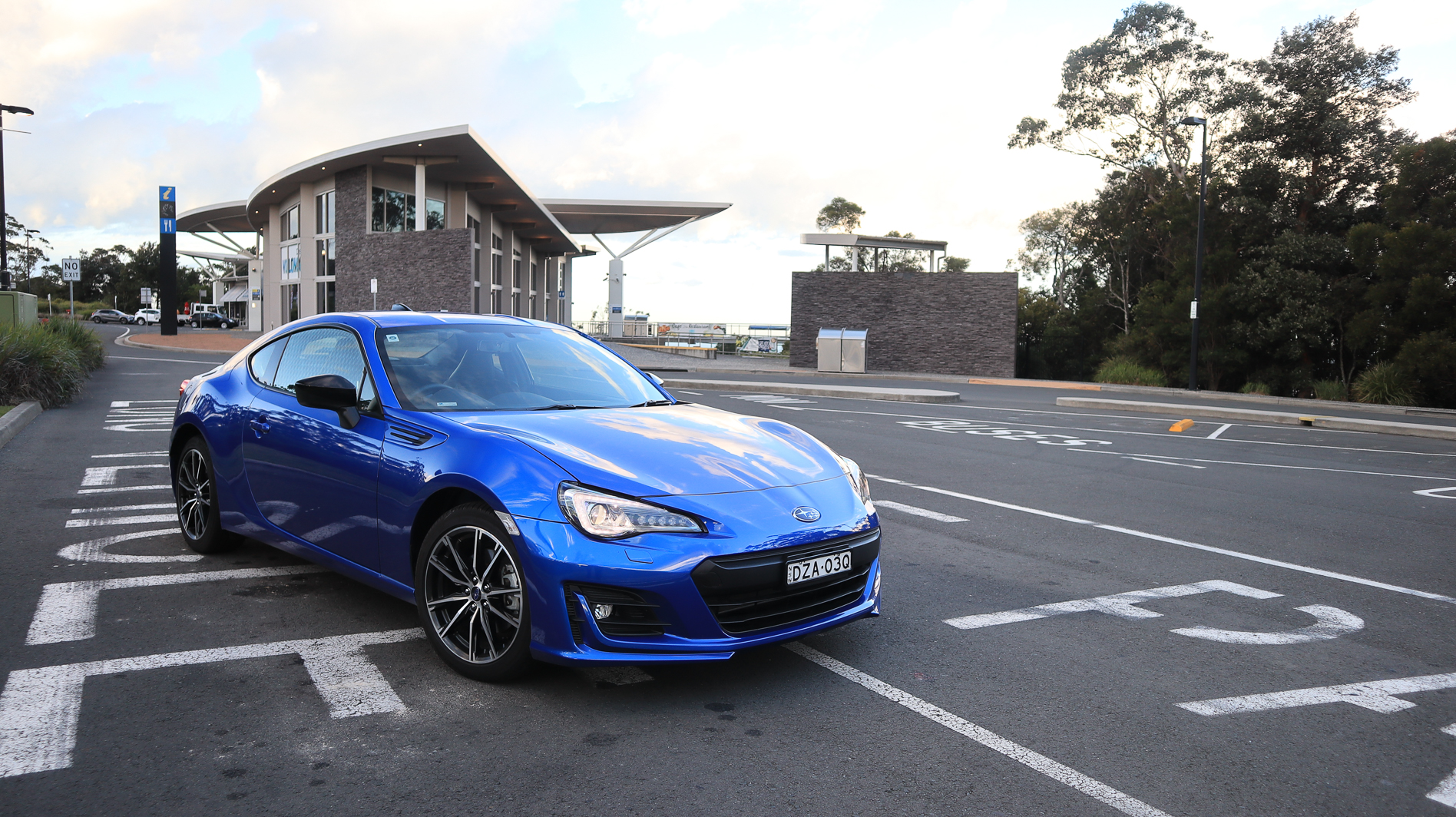
Additionally, Subaru says torsional rigidity is improved by 50 per cent, while use of aluminium in the roof, quarter panels and bonnet has allowed the BRZ to stay light.
It’s actually only 4-12kg heavier than the old one depending on specification, which is an amazing achievement given the use of a larger engine and more safety gear.
3. Get a grip
Another frustration for serious track-goers in the previous generation car was the lack of grip from its under-done tyres.
Because some variants were shipped with tyres that were also fitted to hybrid cars – where grip is the enemy of endurance – the BRZ has long been saddled with the criticism that its ‘Prius tyres’ were not nearly wide or grippy enough to deal with sports car-levels of lateral movement.
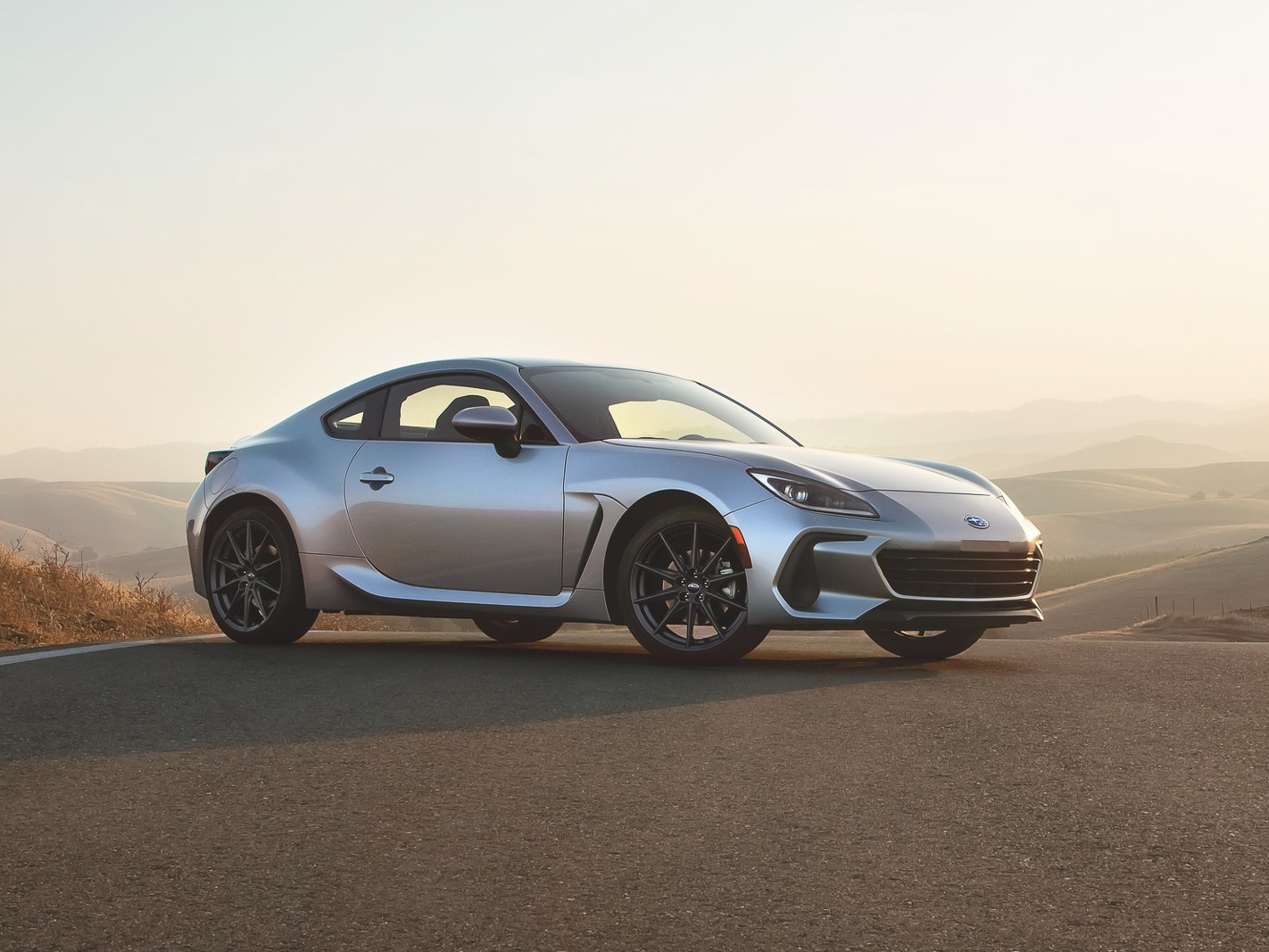
This new car does away with those concerns by speccing Michelin Pilot Sport 4 tyres, which are fitted to a new set of 18-inch alloy wheels.
4. Multimedia modernised
The 2021 Subaru BRZ will get a major upgrade in the infotainment department, equipping an 8.0-inch touchscreen Subaru multimedia system with Apple CarPlay and Android Auto smartphone mirroring as standard.

For better or for worse, the old analogue instrument cluster has also been replaced with a 7.0-inch TFT screen that can change between multiple driving mode layouts.
Will we miss the old-school dials? Only time will tell, but it’s a sign that the BRZ has grown up.
5. Safety first
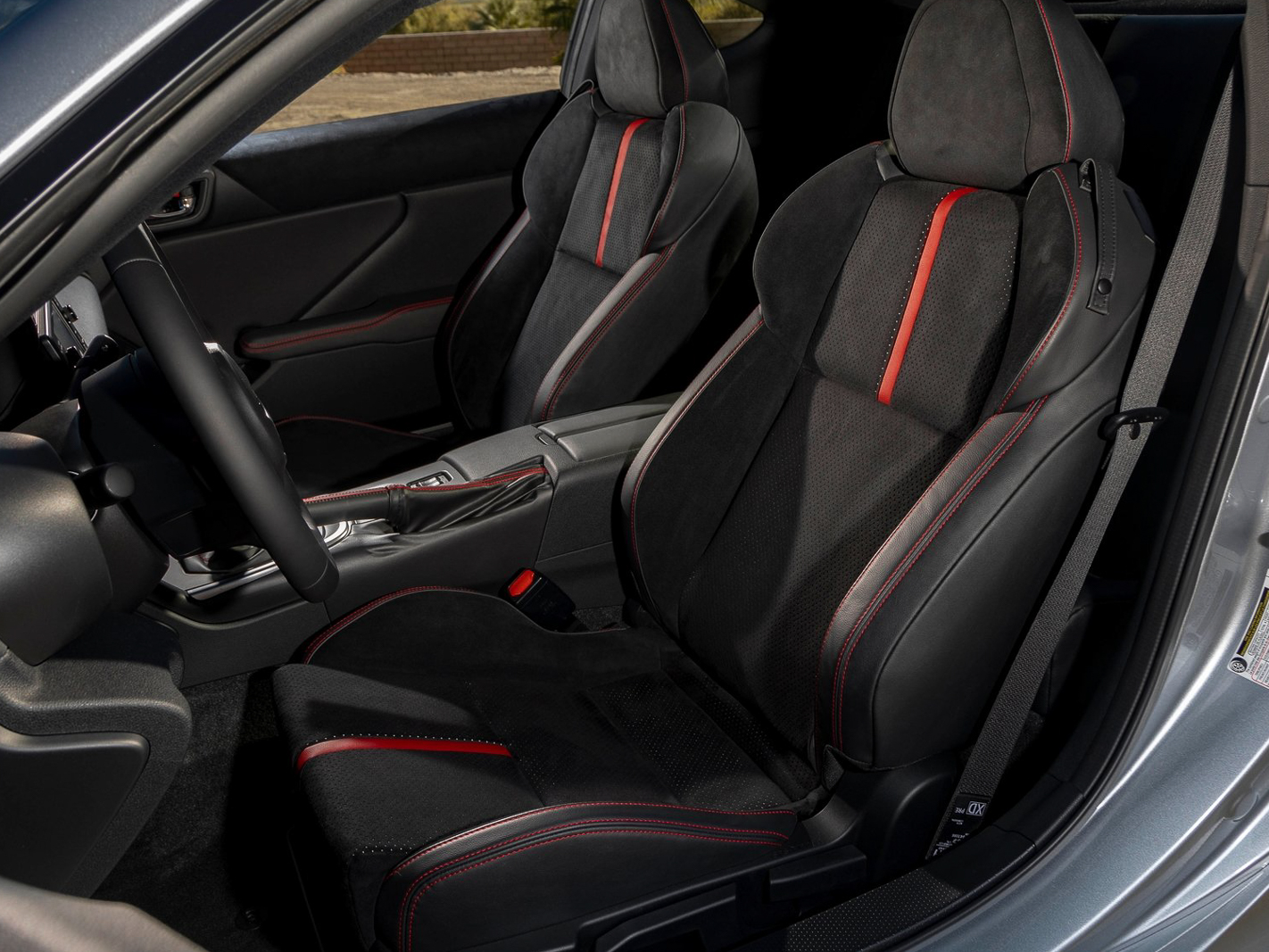
The BRZ’s safety has been overhauled, and now uses Subaru’s stereo camera-based Eyesight driver-assist technology.
It includes for the first time crucial safety updates like autonomous emergency braking and active cruise control, but it will only appear in automatic transmission-equipped versions.
Subaru also says that it should perform better in collisions due to a stronger, stiffer body-in-white that relies on larger volumes of high-tensile steel and enhanced passenger protection systems.
As before, Subaru provides the platform of the car while Toyota chips in with top-end engine components.
The platform has been derived from Subaru’s modular system that sits under everything from the XV to the incoming Outback.



